Coral Bells—those enchanting perennials with scalloped leaves and delicate, bell-shaped blooms—are the kind of plants that quietly steal the show. If your garden feels a little too predictable, they’re your colorful wildcard.
Think of them as the friend who never shows up overdressed but somehow still turns heads. In this article, I’m going to walk you through 21 stunning Coral Bells ideas, each one grounded in practical tips and sprinkled with personal flair.
Whether you’re designing a shady woodland garden or accenting a sunny patio, these Coral Bells ideas will help you transform your green space from basic to botanical brilliance.
1. Create a Bold Border with Mixed Varieties
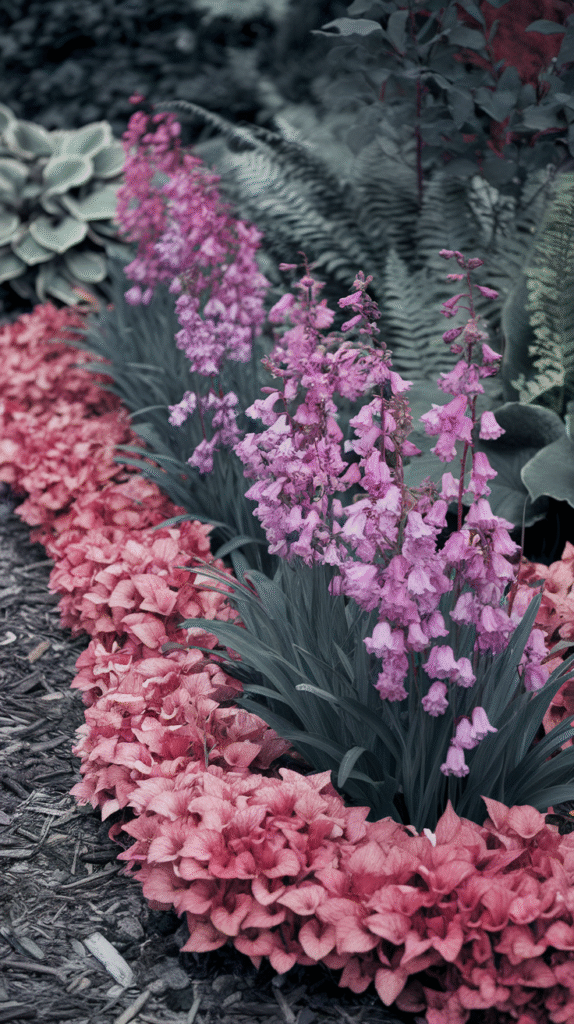
Planting a solid border of Coral Bells in varying colors—from lime greens to deep purples—creates a ribbon of texture and color that frames your garden like a painted canvas.
In my backyard, I flanked the path with ‘Caramel’ and ‘Obsidian’ Coral Bells. The effect was subtle but striking. That contrast—like espresso beside caramel syrup—adds richness you didn’t even know your flower beds needed.
2. Use Coral Bells as Understory Plants
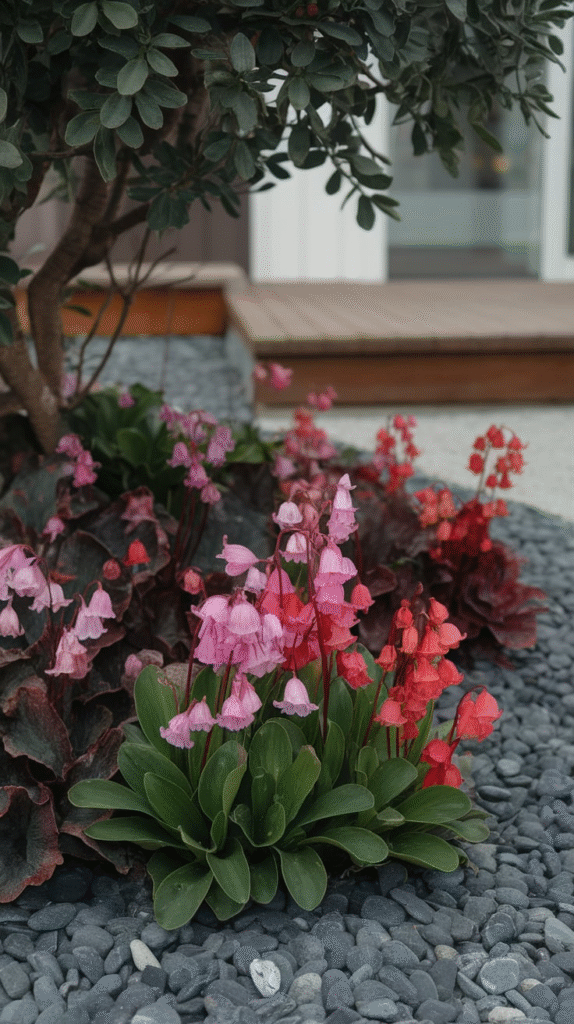
Coral Bells thrive in dappled shade, making them ideal companions for taller plants like ferns, hydrangeas, or Japanese maples. Their tidy, mounded shape tucks in perfectly below sprawling foliage.
This layering not only looks lush but helps conserve soil moisture. I like to plant mine beneath a hydrangea so the blooms cascade like a waterfall over the Coral Bells’ leafy base.
3. Pair with Hostas for a Shade-Loving Power Duo
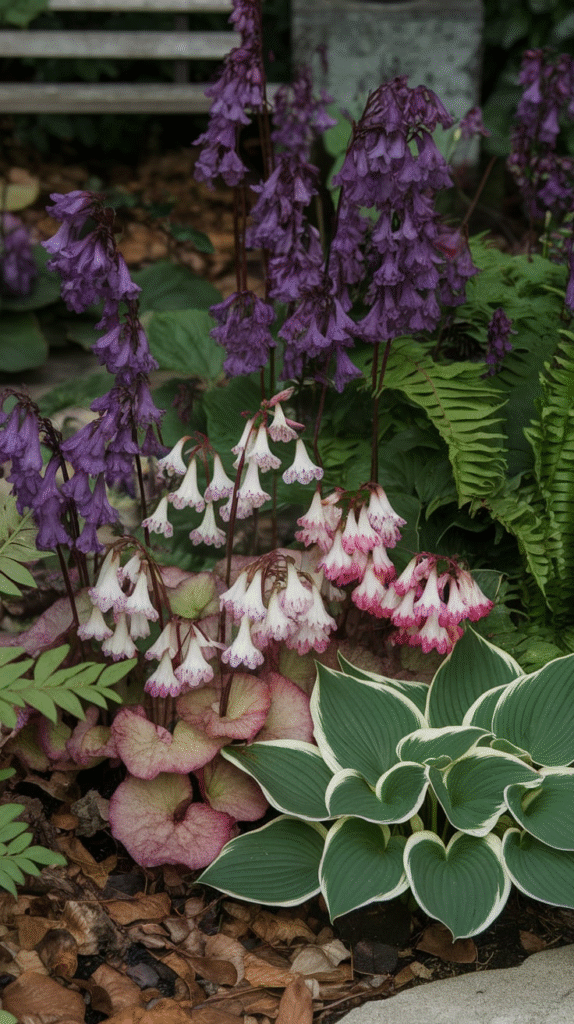
If Hostas are the cool jazz of the shade garden, Coral Bells are the indie folk harmony that makes the whole tune richer. Combine the two for an effortless contrast of leaf shape and texture.
Try mixing blue-toned Hostas with burgundy Coral Bells like ‘Forever Purple.’ It’s like denim and leather—unexpected, but undeniably stylish.
4. Use in Container Gardens for Year-Round Appeal

Because Coral Bells are evergreen or semi-evergreen, they keep their color even when most plants fade into the winter gloom. I like to tuck them into containers on my porch for a low-maintenance splash of color that doesn’t quit.
Add a few trailing vines or small ornamental grasses, and your Coral Bells become the anchor of a well-balanced planter.
5. Add a Pop of Color to Rock Gardens
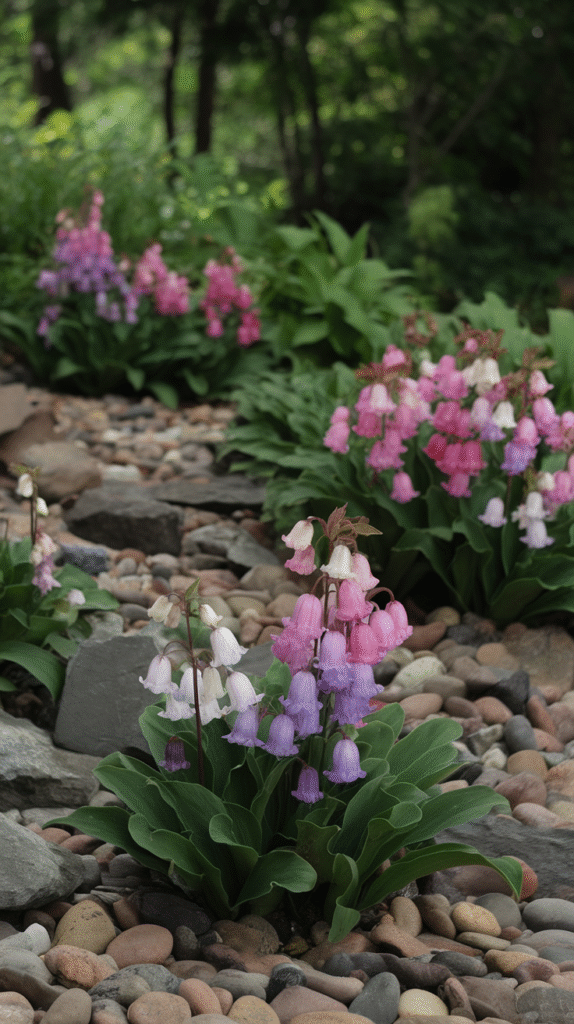
Their drought tolerance and compact habit make Coral Bells a natural fit for rock gardens. Choose varieties like ‘Lime Marmalade’ or ‘Peach Flambé’ to inject color into an otherwise neutral space.
Think of them like jewels nestled in gravel—unexpected and brilliant.
6. Mass Plant for a Lush Groundcover Effect
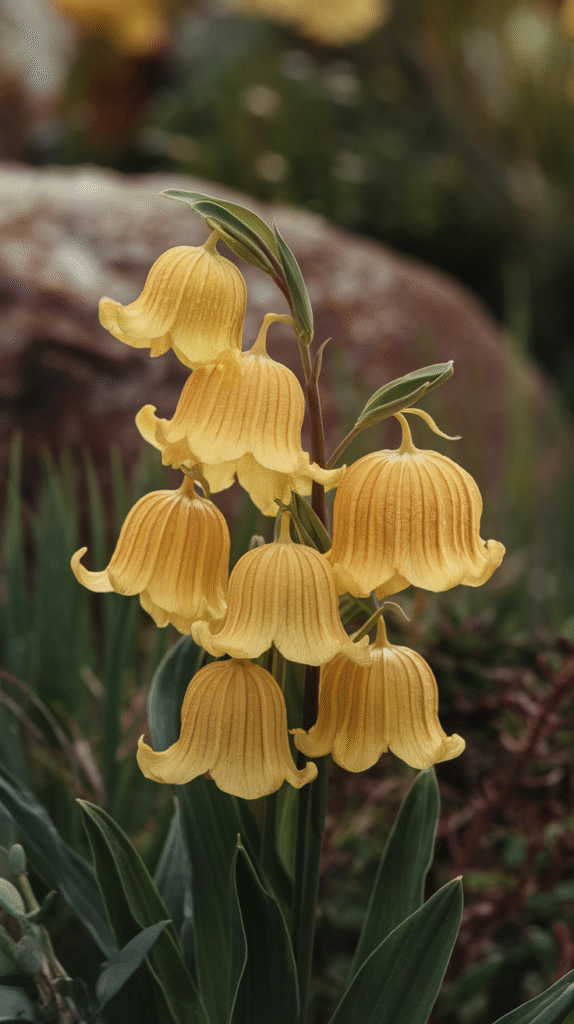
While a single Coral Bell can shine, planting in mass creates visual drama. I once saw an entire slope carpeted in ‘Berry Smoothie’ and was stunned by how the leaves seemed to shimmer in the breeze.
This technique is also practical—dense planting helps suppress weeds and stabilize soil on slopes.
7. Create a Coral Bells Mosaic by Mixing Leaf Textures
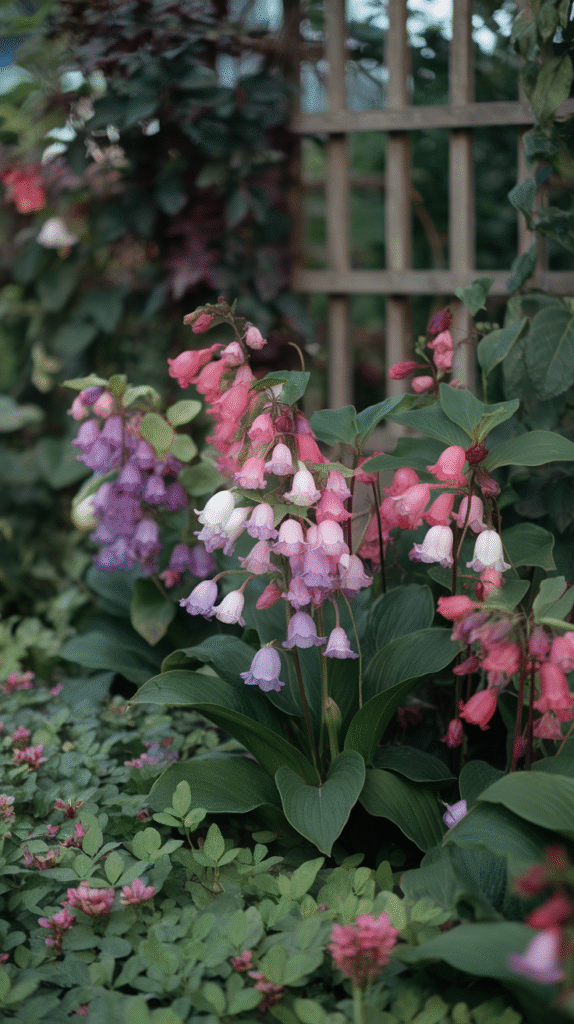
Heuchera varieties come with everything from crinkled and ruffled to smooth, veined foliage. Try combining different textures and leaf shapes for a living mosaic.
I like pairing the frosted look of ‘Frosted Violet’ with the veined silver leaves of ‘Silver Scrolls’—it’s like pairing velvet with lace in the garden.
8. Use as a Natural Edging Plant
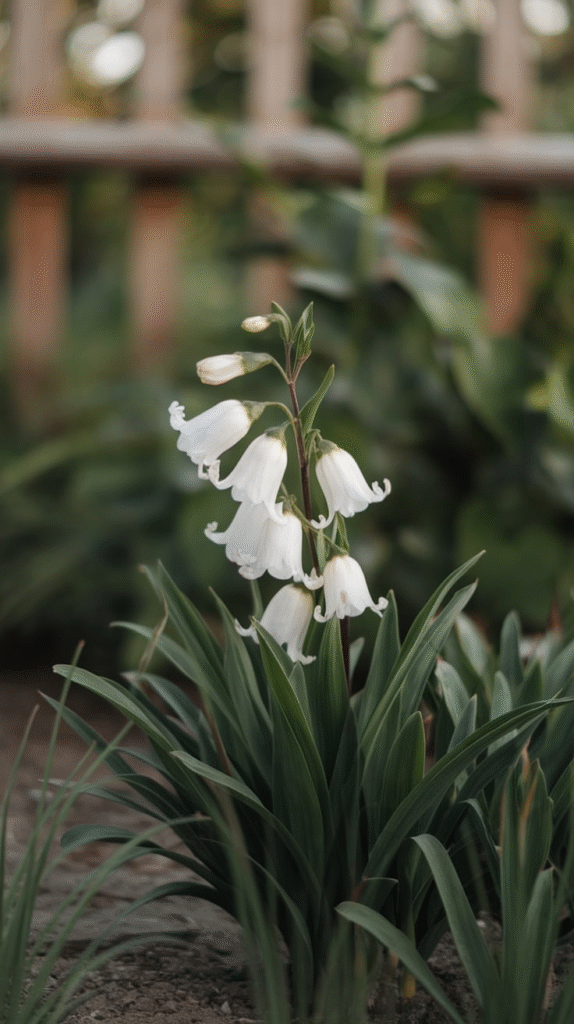
The neat mound habit of Coral Bells makes them ideal edging plants for garden beds, walkways, and patios. They naturally draw the eye along the edge without overpowering.
I use ‘Plum Pudding’ to line my herb garden—it’s like a quiet drumbeat keeping the rhythm of the space.
9. Create a Fall Foliage Highlight
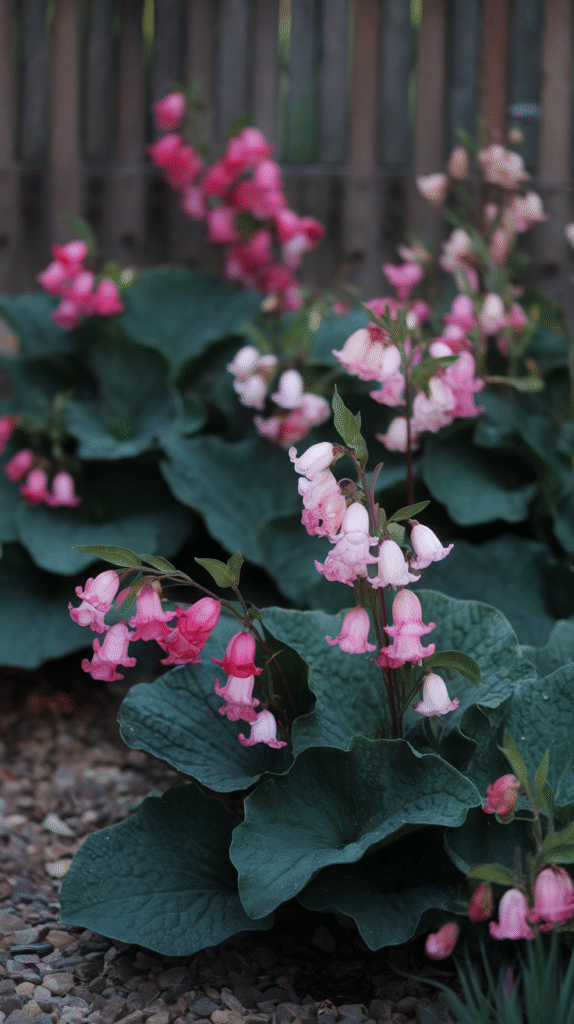
Many Coral Bells take on deeper or brighter hues in autumn. Some go redder, others purple, and a few glow golden. Take advantage of this seasonal color shift by planting Coral Bells near deciduous trees for a layered fall look.
It’s like nature’s version of layering scarves over sweaters—colorful, warm, and perfectly seasonal.
10. Accent a Shade Pathway with Pops of Heuchera Color
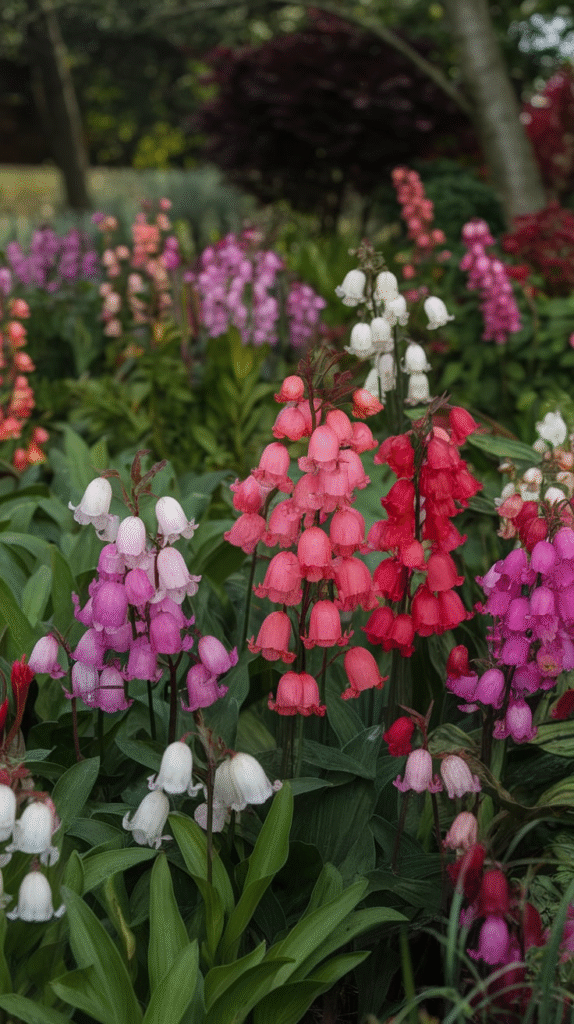
Paths can often feel utilitarian—just a way to get from one spot to another. But lining a shaded walkway with Coral Bells transforms it into a journey. Use alternating colors every few feet for a sense of rhythm and surprise.
Imagine walking through a woodland trail lined with bursts of plum, gold, and ruby—it’s a quiet parade, just for you.
11. Add Drama with Dark Varieties
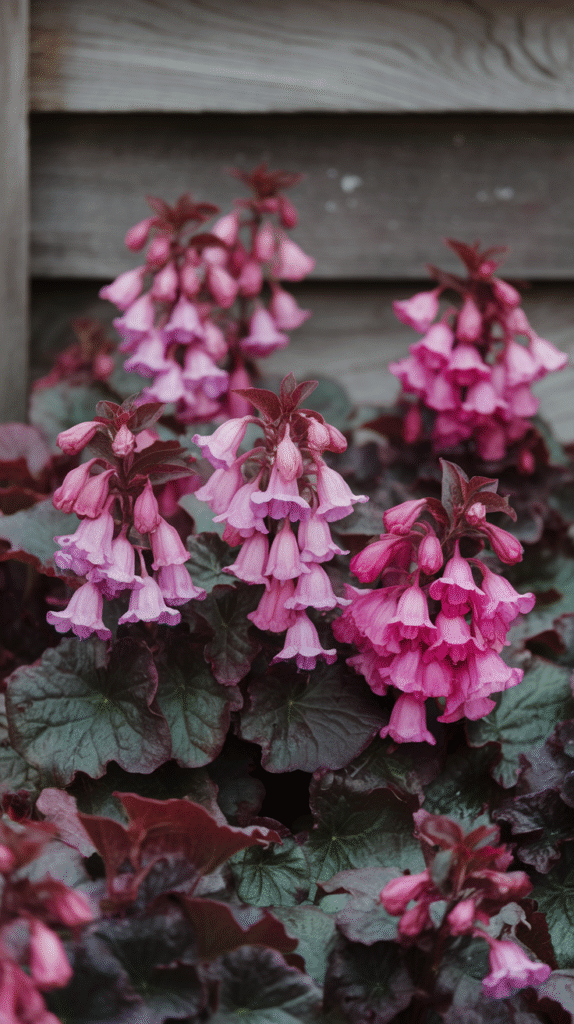
‘Obsidian’ and ‘Black Pearl’ Coral Bells are the drama queens of the shade garden. Their nearly black foliage provides intense contrast, especially against lighter greens or silvers.
I once tucked a few ‘Obsidian’ plants behind my white flowering bleeding hearts, and suddenly the whole area looked sharper—like black eyeliner framing a pale eye.
12. Attract Pollinators with Their Bell-Shaped Blooms

While Coral Bells are mainly known for their leaves, their tiny, bell-shaped flowers attract hummingbirds and bees. Planting a few in a pollinator garden ensures year-round attention from nature’s most charming visitors.
I always chuckle when a hummingbird pauses in midair to sip from the delicate coral-pink flowers—it’s like they’re stopping for a quick espresso shot before zipping off again.
13. Use Coral Bells in Moon Gardens
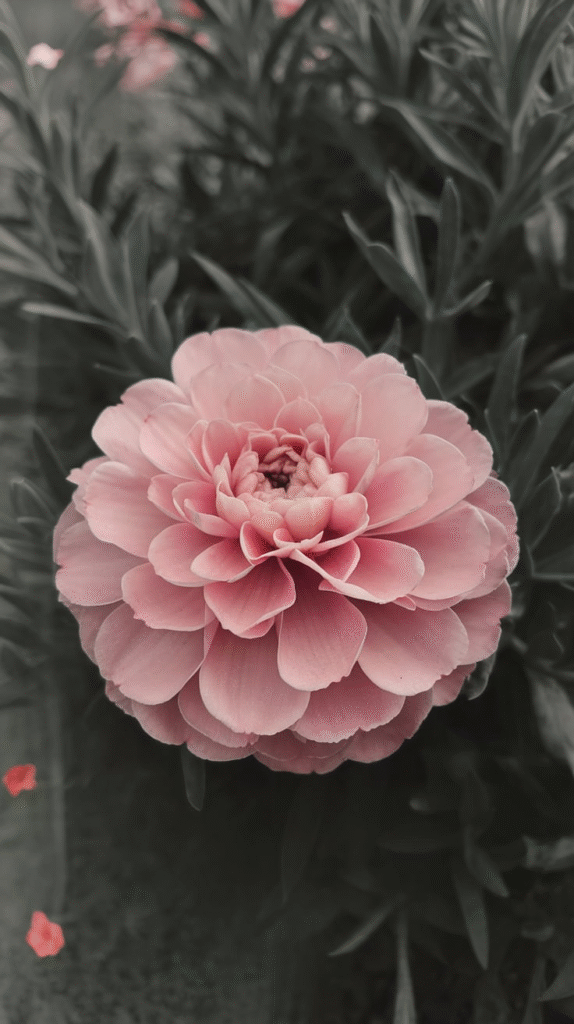
If you’re a night owl or just love an ethereal vibe, add silvery Coral Bells like ‘Silver Scrolls’ or ‘Sugar Frosting’ to your moon garden. Their reflective foliage catches the moonlight and almost glows.
Sit outside with a cup of tea and watch the silver leaves shimmer in the breeze—it’s your private twilight theater.
14. Combine with Ornamental Grasses for Movement and Texture
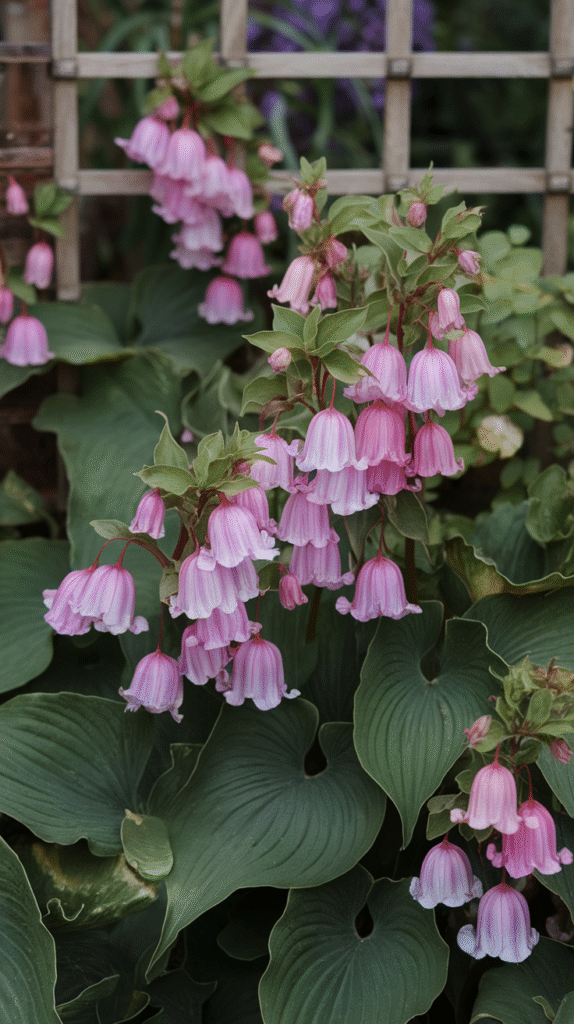
Pairing Coral Bells with ornamental grasses like Blue Fescue or Japanese Forest Grass creates a gorgeous textural contrast. The soft, swaying grasses play off the solid, sculptural quality of the Coral Bells.
It’s like pairing a flowy skirt with a structured blazer—opposites that make magic together.
15. Use in Rain Gardens or Moist Areas
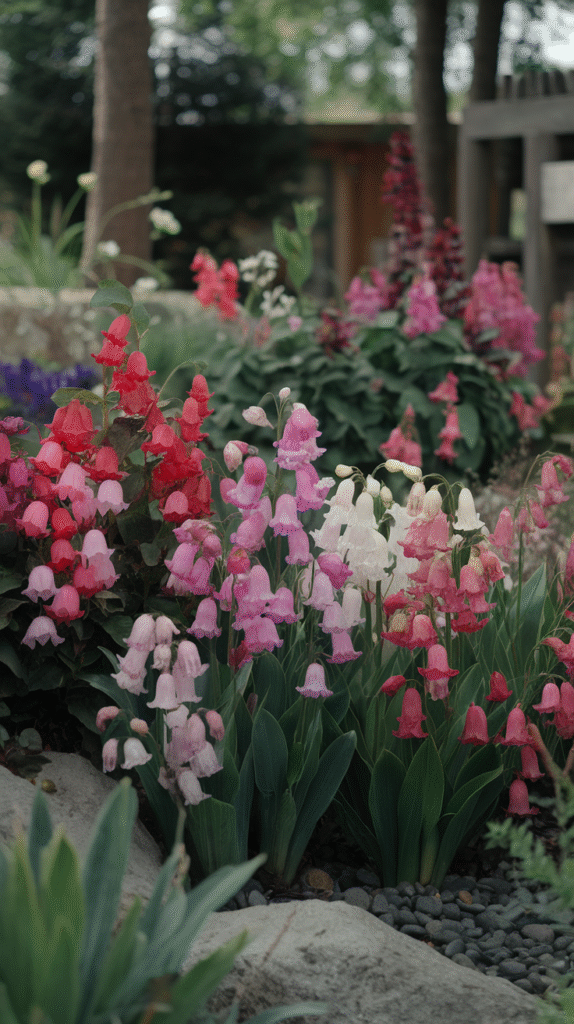
Some Coral Bells varieties do well in slightly moist or boggy areas, making them great choices for the edges of rain gardens. Their roots help manage runoff, while their foliage keeps the area beautiful.
It’s beauty with a purpose—function and form dancing together.
16. Tuck Them into Fairy Gardens
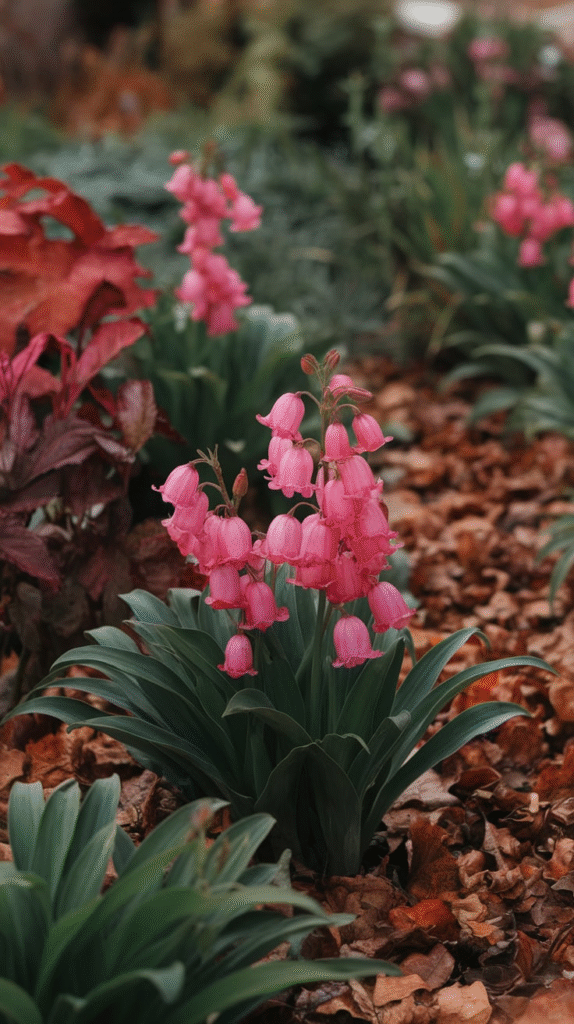
With their delicate flowers and magical leaf tones, Coral Bells are perfect for miniature or fairy gardens. Choose the smallest varieties and tuck them into tiny beds alongside mosses and miniature ferns.
Add a little stone bench or fairy house, and the scene practically builds itself.
17. Pair with Spring Bulbs for Seasonal Transitions

Coral Bells offer a lush backdrop for early spring bulbs like crocuses, tulips, and daffodils. As the bulbs fade, the Coral Bells take over and carry the bed into summer.
I once paired white tulips with ‘Peach Flambé’ Coral Bells, and the combination felt like sunrise melting into midday. A full circle of seasonal color.
18. Grow in Window Boxes for Unexpected Flair
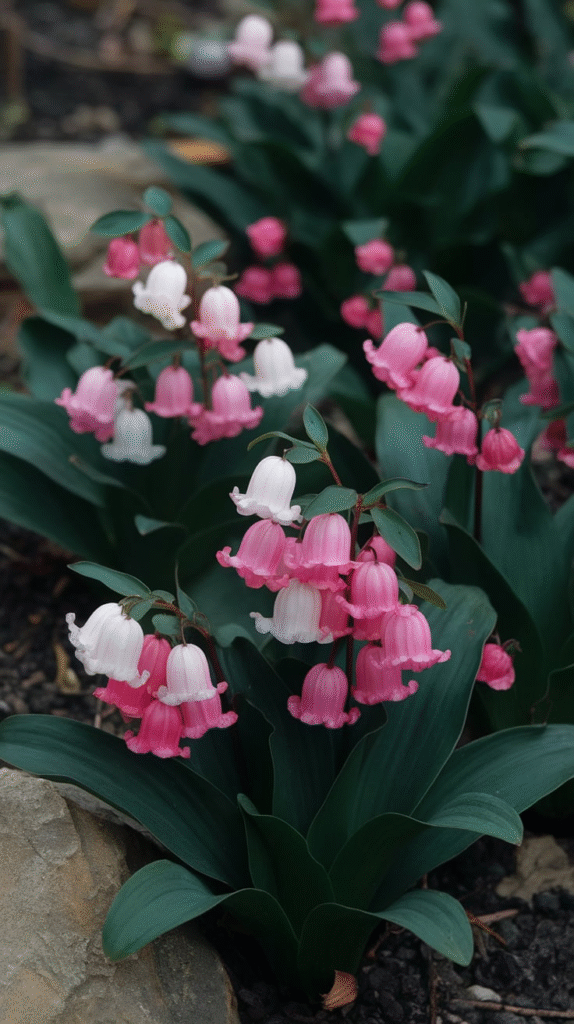
Tired of the usual petunias and geraniums? Coral Bells in a window box can be a refreshing alternative. Choose smaller varieties and mix with trailing plants like sweet potato vine or creeping Jenny.
They’ll make your windows look like curated art pieces rather than just floral filler.
19. Add to Woodland Gardens for Naturalistic Color
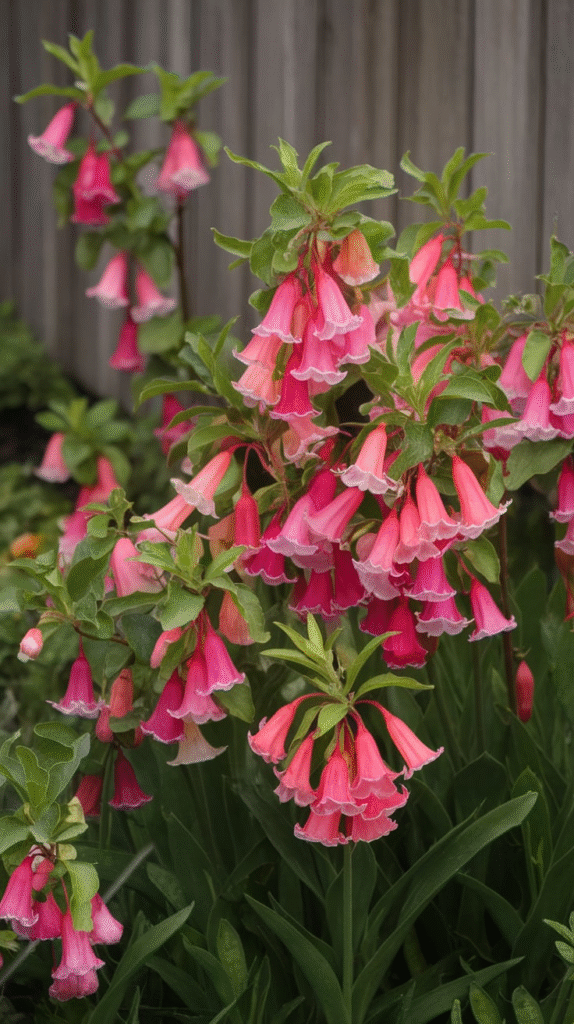
Coral Bells are native to North America and fit beautifully in woodland settings. Add them to a shady slope or forest edge alongside ferns, Solomon’s seal, and trillium for an authentic native garden.
Their soft form and forest-friendly colors let them whisper rather than shout—but you’ll still hear them.
20. Mix Varieties with Dramatic Names for Garden Personality
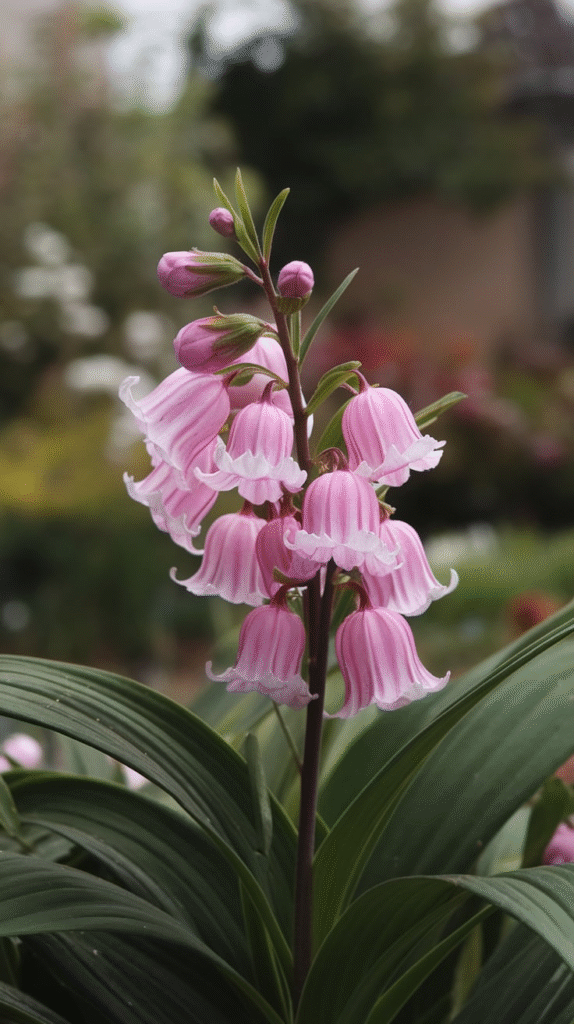
Sometimes it’s fun to plant just based on name. Imagine a bed with ‘Berry Smoothie,’ ‘Caramel,’ ‘Midnight Rose,’ and ‘Marmalade.’ It sounds more like a brunch menu than a flower bed, but it adds fun and storytelling to your garden.
Visitors always ask about the names, and it becomes a chance to share stories—or invent your own.
21. Use as a Living Mulch Around Trees
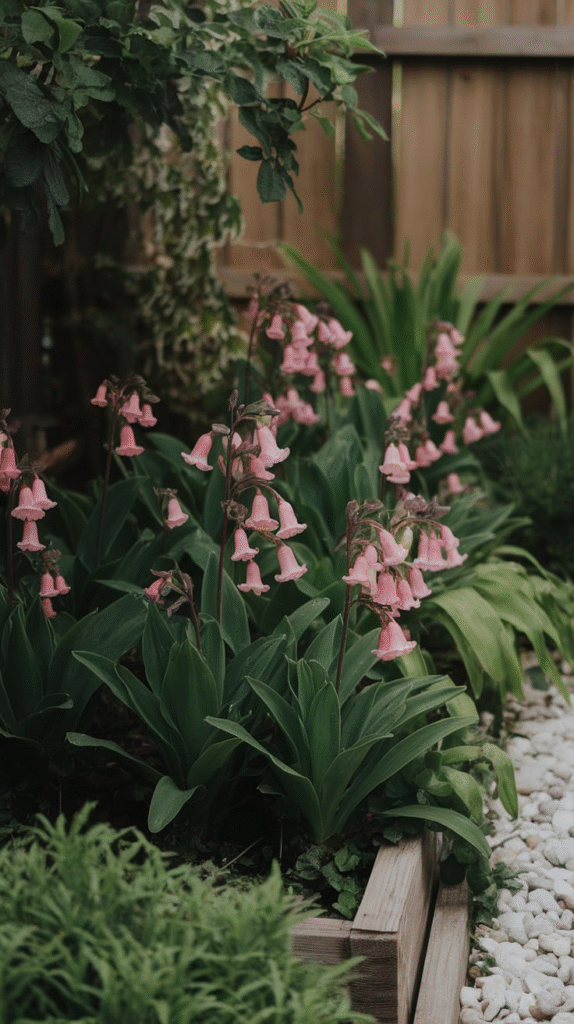
Skip the bark chips and go for a living mulch. Coral Bells provide soil cover, retain moisture, and reduce erosion around the base of trees.
The bonus? They look gorgeous and make tree bases feel like intentional garden features instead of afterthoughts.
Conclusion

Coral Bells aren’t just another filler plant. They’re versatile, vibrant, and visually dynamic, playing supporting roles or stealing the show depending on how you use them. Their range of colors, hardiness in various zones, and love for shade make them a smart choice for almost any landscape design.
But more than that, they’re plants with personality. From the electric flash of ‘Lime Rickey’ to the sultry notes of ‘Black Taffeta’, Coral Bells are like mood rings for your garden—always changing, always expressive.
If you’re ready to make your landscape more layered, colorful, and full of texture, start with Coral Bells. One plant will charm you. A garden full will make you a believer.

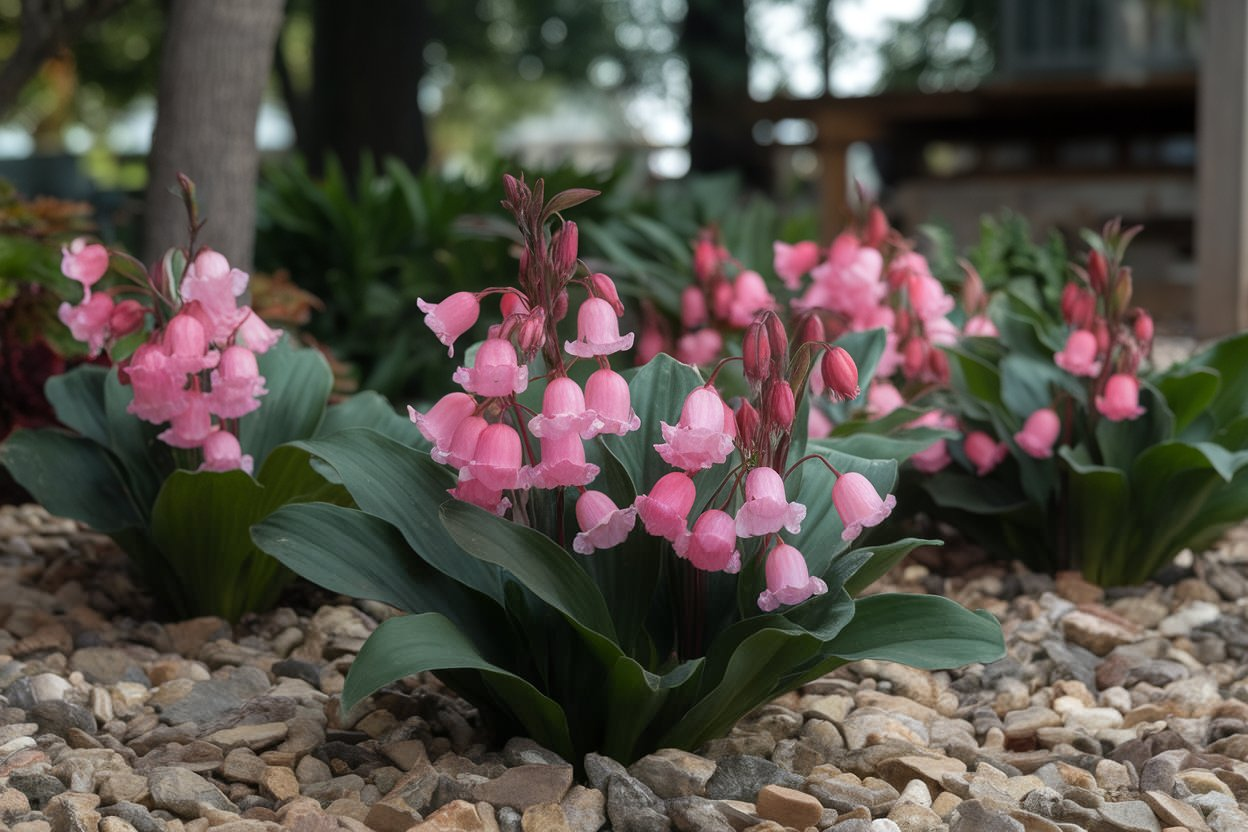
Leave a Reply